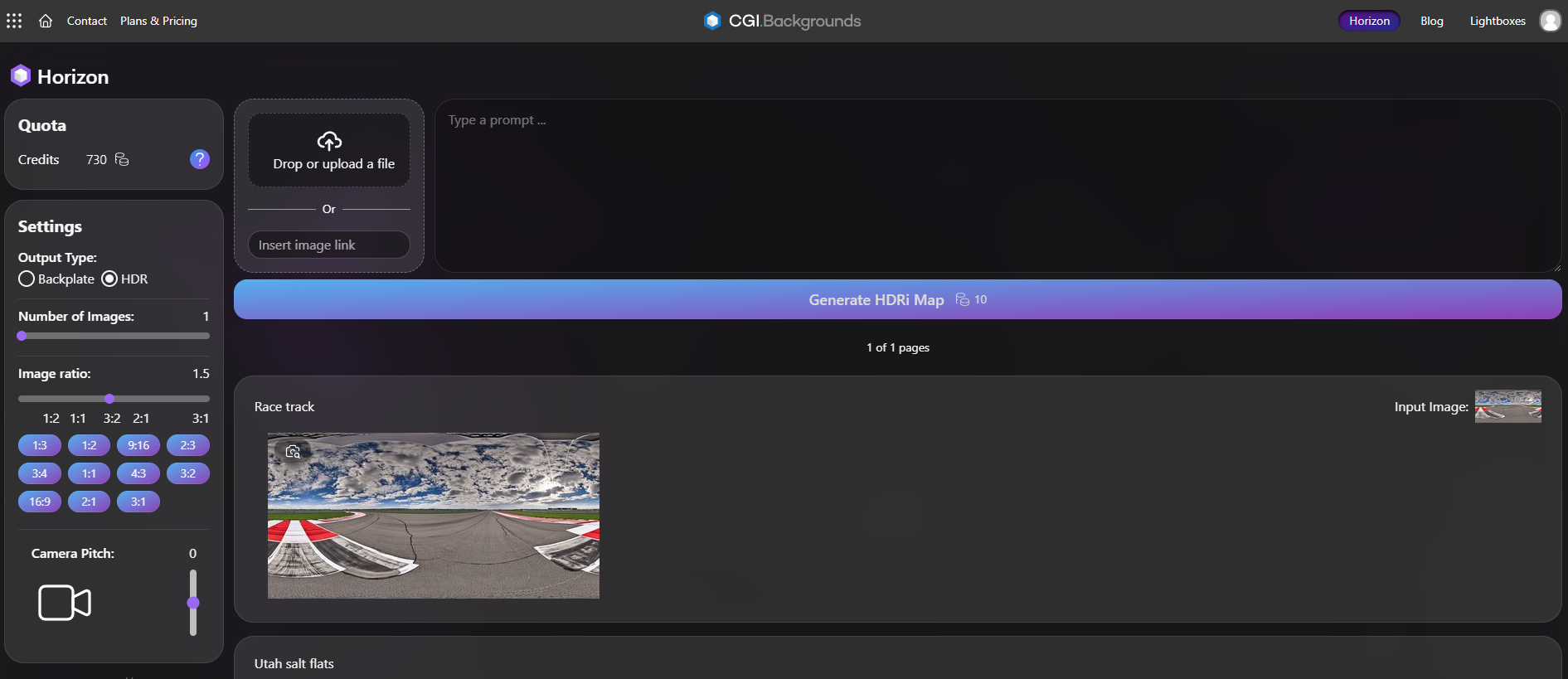Filmmakers and producers have always needed to transport their characters to faraway worlds or showcase a client's product in a novel setting.
Traditionally, studios have used chroma keying to achieve this. Actors and props were filmed in front of a green screen, and then visuals were added later in post-production.
A new technology, LED walls, opens up massive new possibilities in the world of virtual production . These novel technologies allow filmmakers and producers to bring visuals directly into a live studio setting, creating a realistic digital background that updates in real-time with camera movements and scene changes.

Let's take a deeper look at LED walls and how this tech is impacting the virtual production space.
LED Wall Basics
LED walls are essentially massive video screens that fill an entire studio. Some LED walls only cover vertical space, but others extend to the ceiling of the studio.
These walls are constructed using thousands of tiny LEDs. Unlike with traditional green screens, this allows them to display high-resolution graphics, instead of being a simple, inert volume in the background.
Actors can stand in front of the wall, and as they are filmed, the wall provides a seamless and realistic backdrop for the scene.
LED walls aren't quite as high resolution as a home television. They typically employ a pixel pitch of around 2 mm, which means that actors and props need to be about 5 feet from the wall for the background to appear seamless.
For most productions, though, this is plenty of resolution and space to make for an immersive scene.

Going Anywhere
One of the most powerful elements of LED walls is their ability to display nearly any scene or visual. This allows the filmmaker and producers to take their talent or product anywhere in the world, or even into imaginary worlds.
Doing this, of course, requires having the right visuals to display on an LED wall. Part of the power of the walls is the fact that they don’t simply display static images. Instead, they display a full and immersive 360° scene.
With the most advanced LED walls, specialized camera tracking software is combined with real-time rendering engines like the Unreal Engine to update the visuals on the wall as the camera moves in the scene.
Cinematographers can film the scene as if they’re standing in a real place, and rendering engines take care of the tricky math of updating the visuals multiple times per second. This technique requires high-resolution, 360-degree visuals.
Here at CGI.Backgrounds, our RAY.HDRi Maps are ideal for use on LED walls. With resolutions up to 32K and compatibility with leading real-time rendering engines, our HDRi Maps make it easy for virtual production studios to transport actors and props to any of over 7,000 virtual locations captured from real places worldwide.
We even work with studios on virtual location scouting , allowing them to choose the perfect LED wall visual to show for a specific commercial or film.
While we focus on real-world imagery, other studios take a different approach. Some are now using generative AI to create imagined places–such as far-off alien planets–to display on their LED walls.
With AI, the production designer’s imagination is the only limit!
Realism and Lighting
Another big advantage of LED walls is their power as an ambient lighting instrument.
Traditional green screens are flat and static. They don’t add useful light or reflections to a scene. If anything, green screens create the risk of unsightly green reflections, glare or glowing edges that need to be removed meticulously in post-production.
In contrast, because LED walls emit light, they not only add visuals to a scene but also contribute realistic and scene-appropriate ambient lighting.
Imagine that a filmmaker is shooting a scene that features a vehicle in a modern city. They might display a dynamic street scene on their LED wall, complete with street lights, neon signage and more.

This enhances immersion, making it easier for the actors to feel as though they are truly in the scene and thus improving their performances. Adding ambient light in real-time also significantly reduces the amount of post-production work that’s needed.
Some virtual production studios rely solely on light from the LED wall itself to add dynamic reflections and ambient light to the scene. Others use supplementary lighting instruments that are synchronized with the visuals on an LED wall to add directed, color-appropriate light to the scene.
To achieve this, the visuals on the wall must include detailed and accurate embedded lighting data. That's why our HDRi Maps include the IBL (Image-Based Lighting) data needed for this powerful capability.
By combining our HDRi Maps with LED walls and optional supplemental/directional lighting, filmmakers can add reflections, shadows, and even weather conditions that synchronize perfectly with the virtual environment they’re seeking to create.
The Future of LED Walls
As with any new technology, LED walls are constantly improving. Initially, we saw that most walls used in production studios were custom-built.
Today, however, we’re seeing several companies emerge solely to supply the walls for virtual production. Dedicated companies even provide the synchronized lighting, camera tracking software, and other tools that make these walls especially powerful.
There’s another benefit to virtual production with this new technology: it greatly reduces a studio's carbon footprint, sometimes by as much as 90%, according to our research . As productions and brands become more conscious of their environmental impact, we expect adoption of the tech to increase.
Given all these advantages, it’s not surprising that LED walls and virtual production are growing rapidly. Several new studios have opened in New York City and other locations in the last year, and we expect to see more of them in the future.
We’re excited to see this new technology continue to develop. If you need visuals for your virtual production studio or have questions about the technology, please subscribe to our newsletter or feel free to reach out at contact@cgibackgrounds.com
Top

